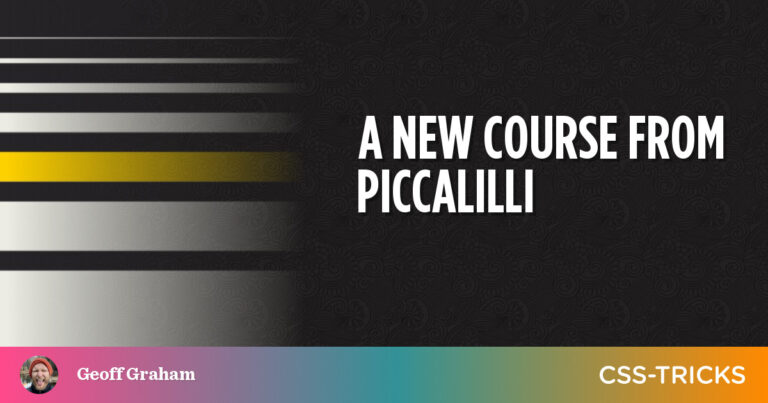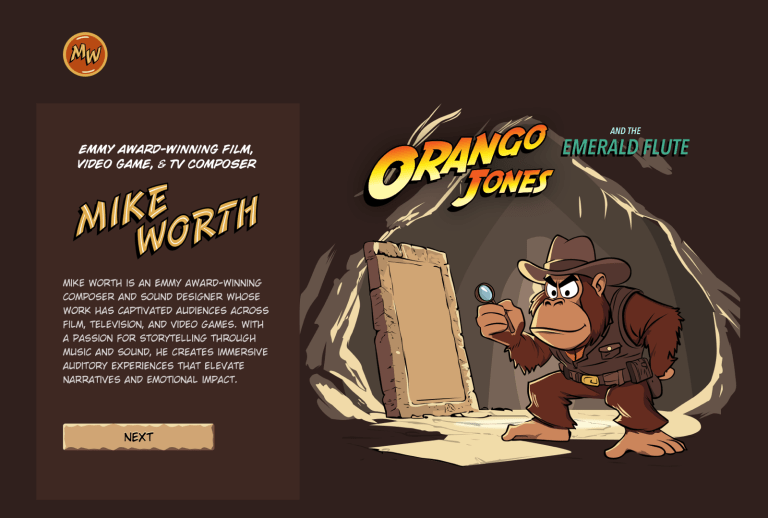In an age where mass production often reigns supreme, the journey from the corporate confines of a shoe design VP to the innovative realm of sustainable sneaker upcycling is not just a career change but a transformative life experience. As talented designers grapple with burnout and the relentless cycle of trends, some, like our protagonist, have turned toward more meaningful work that champions sustainability and innovation. This article explores the fascinating world of sneaker design, the shift towards upcycling, and the impact this has on the industry and the environment.
From Corporate Pressure to Creative Freedom
For over two decades, our designer spent countless hours perfecting the next season’s line of shoes in the high-pressure environment of corporate fashion. The role of a vice president of design comes with prestige but also intense expectations. Designers are under constant pressure to deliver fresh and innovative styles that can entice consumers inundated with a barrage of choices. Yet, amidst these challenges, the risk of burnout looms large. The pursuit of perfection can transform into a monotonous grind, replete with repetitive cycles of designing, producing, and quickly updating styles that quickly fade from relevance.
“Designing living shoes should not be a mere seasonal rush; it should tell a story, inhabit a personality,” our designer reflected on how the industry has progressed into a relentless cycle where shoes are not given the permanence or significance they once held. Brands, in their urge to remain competitive, often prioritize sales over sustainability, leading to a culture of disposability in fashion. Faced with growing dissatisfaction and burnout, many designers are choosing to step back, recalibrate their passions, and explore sustainable practices.
The Awakening to Upcycling
The turning point in our designer’s journey came in January 2022 when a pivotal mentor introduced him to the art of upcycling. The technique involves repurposing old materials into new products, reducing waste, and giving life to items that would otherwise be discarded. This not only aligns with environmental concerns but also resonates with a growing consumer base increasingly seeking authentic and sustainable fashion choices.
Upcycling goes beyond simple repair; it transforms the ethos of creating from the ground up. Instead of rushing to create new designs that contribute to landfill, sewing methods and material combinations from the past are revisited. The mentor who taught him the craft exemplified the power of mentorship in creative fields, providing guidance and practical skills that can mitigate the steep learning curve associated with such a transformative art form.
The Learning Curve of Craftsmanship
As he immersed himself in this innovative practice, he realized that mastering the skills of upcycling was no overnight task. “The skill doesn’t really come like this,” he admits, pointing to the time and patience required to transform his knowledge into application. This arduous journey of self-discovery and continuous learning is reminiscent of many artists and designers who understand that the magic lies in the process as much as it does in the product.
After a year-long stint at the Brooklyn Shoe Space, a hub for budding shoemakers, he felt a deep drive to branch out into a world of self-education—an ambition mirrored by many in the creative industry eager to find their voice. The Brooklyn Shoe Space serves as more than just an educational institution; it embodies a movement towards community, shared values about sustainability, and the rejuvenating spirit of practical learning. Each skill added is like a brushstroke on a larger canvas of personal and artistic growth.
The Surge of Sustainable Fashion
As the fashion industry grapples with the environmental toll of traditional manufacturing practices, sustainable fashion has surged into the spotlight. Notably, sneaker brands across the spectrum are realizing that there is a growing segment of consumers who are deeply aware of their purchasing power. This demographic is not merely seeking style but is also advocating for eco-friendly practices.
The upcycling movement fills a vital gap in this evolving landscape. Brands and designers that prioritize sustainable practices often find themselves appealing not only to eco-conscious customers but also to those looking for unique, one-of-a-kind products. Sneakers upcycled from discarded materials not only stand out in craftsmanship but also carry with them compelling narratives—each shoe tells a story of what it once was, transforming waste into wearable art.
As Mahatma Gandhi famously quoted, “Earth provides enough to satisfy every man’s needs, but not every man’s greed.”
The Road Ahead: Opening a Storefront
While the decision to open a sustainable shoe storefront may not have been part of his original plan, the journey leading up to this point has laid a solid foundation. The conversation surrounding sustainability is not merely a trend but a profound shift in consumer behavior and expectation, making the prospect of a storefront all the more exciting. It marks a new chapter of turning a passion into a viable business while contributing positively to societal change.
Launches of niche sustainable brands are increasingly grabbing headlines, reflecting the growing support for designers who are willing to boldify their commitment to the environment. As discussions on sustainability permeate everyday conversations, the success of emerging brands may rest significantly on their authenticity and narrative—qualities that become even more integral as consumers seek transparency.
In the context of this new venture, our designer plans to embrace the creative freedom that comes with a personal brand. He will have the ability to curate his own collection while educating consumers on the significance of sustainability in their buying choices. This fresh approach stimulates conversations about fashion’s impact, urging consumers to consider the environmental footprints of their attire.
As he embarks on this journey, the intrinsic satisfaction of creating something meaningful far outweighs corporate pressures. By marrying design with environmental consciousness, his story—inspired by a passion for shoes, and now equipped with unique skills in upcycling—creates a blueprint for aspiring designers dreaming of intertwining their craft with care for our planet.



